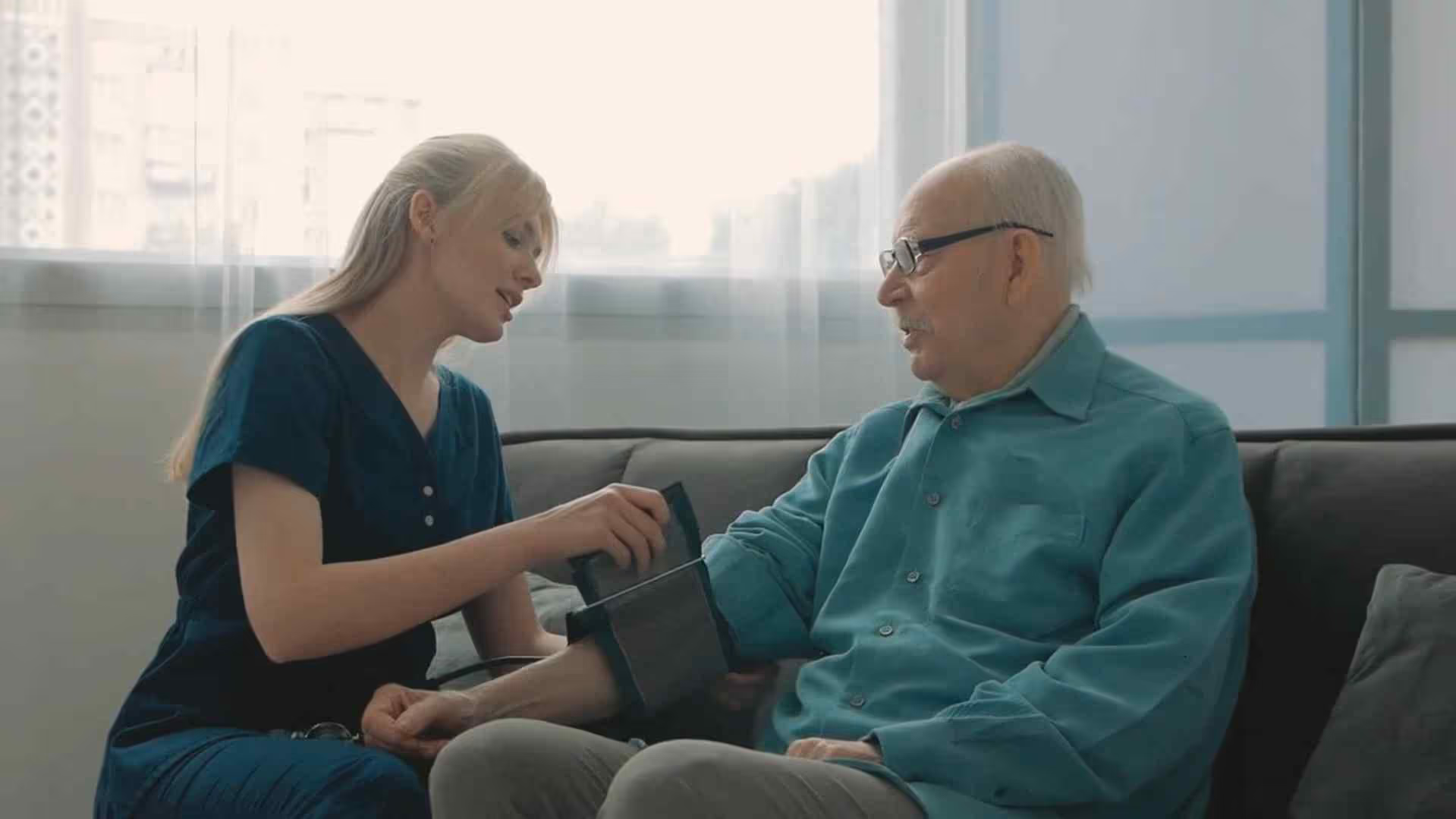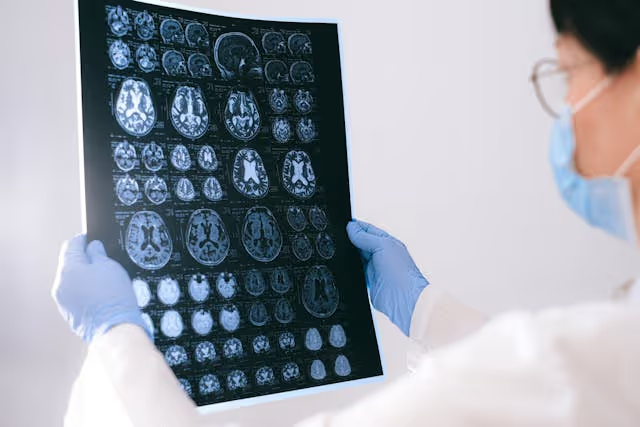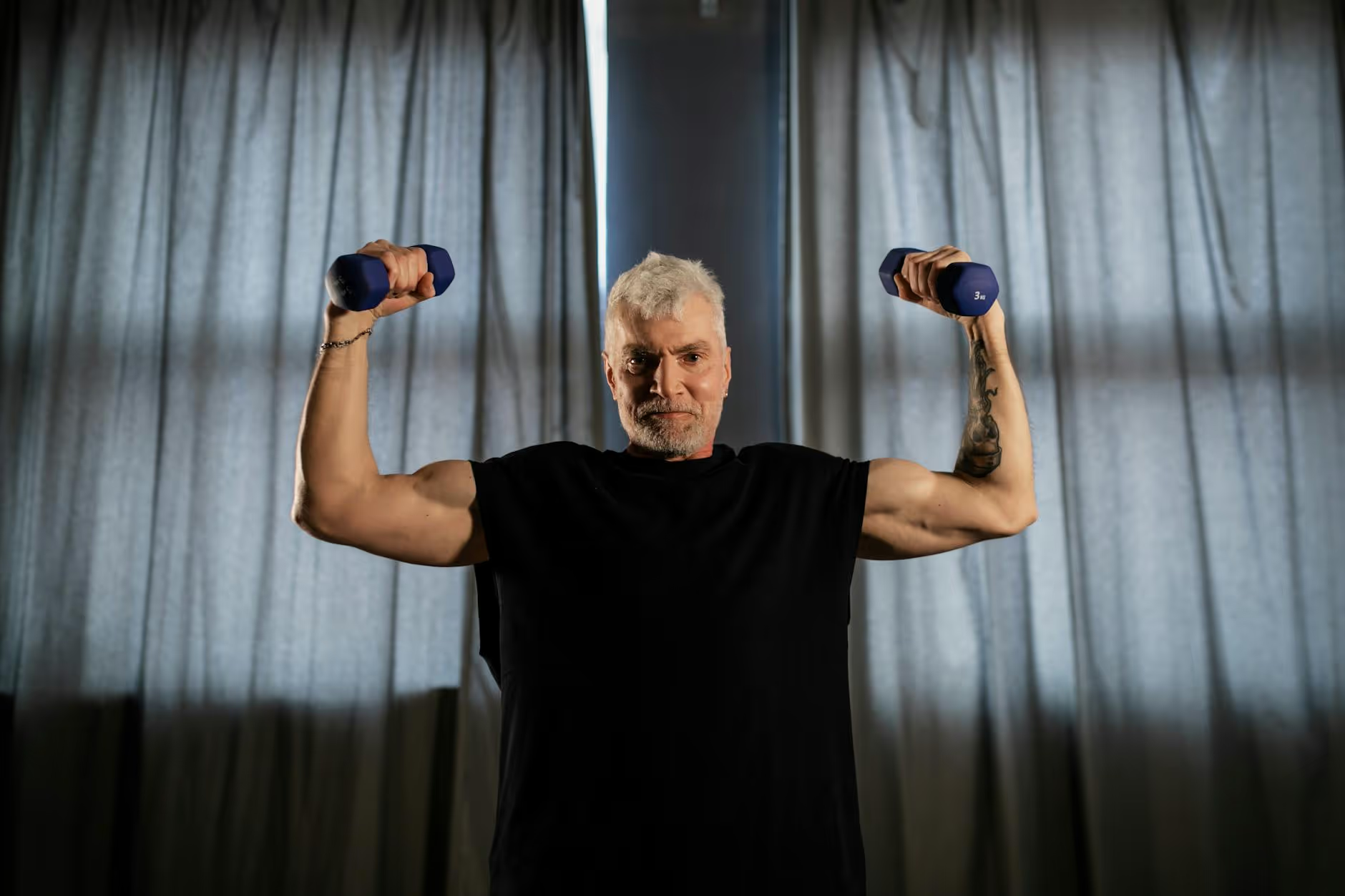The Role of Occupational Therapy in Helping Seniors with Hand-Eye Coordination
March 14, 2025
Empowering Seniors Through Tailored Coordination Strategies


Understanding the Intersection of Aging and Coordination Challenges
As we age, the decline in hand-eye coordination can impact daily life, making simple tasks increasingly complex. From difficulty grasping objects to struggling with activities requiring precise movements, seniors face unique challenges. Occupational therapy emerges as a vital resource, offering tailored interventions designed to maintain and improve coordination, ultimately enhancing the quality of life and preserving independence. This article delves into the role of occupational therapy in supporting seniors against the backdrop of coordination challenges, exploring the ways it bolsters hand-eye coordination.
Assessing and Addressing Hand-Eye Coordination Challenges

Common Conditions That Affect Hand-Eye Coordination
Numerous health issues can impact an older adult's hand-eye coordination. Conditions such as stroke, dementia, and Alzheimer's disease often lead to significant motor control and cognitive processing challenges. Additionally, arthritis may decrease joint flexibility and grip strength, complicating fine motor tasks. Visual impairments can also contribute to difficulties in coordination, making it hard for seniors to track moving objects or perform detailed tasks effectively.
Occupational Therapy Assessments and Personalized Treatment Plans for Coordination Issues
Occupational therapists play a pivotal role in assessing hand-eye coordination problems in seniors. Through individualized assessments, they evaluate each person's unique challenges related to their physical and cognitive state. This may include identifying mobility limitations and cognitive declines that hinder daily functioning.
Once the assessment is complete, OTs design personalized treatment plans targeting specific coordination improvements. Activities may include engaging in sports like pickleball or swimming, which enhance physical health while improving hand-eye coordination. Hobbies such as knitting and puzzles can also be incorporated to foster fine motor skills.
Incorporation of exercises like tai chi is common as they support balance and flexibility, further aiding coordination efforts. By tailoring these strategies to meet the seniors' interests and capabilities, occupational therapy empowers them to enhance their independence and quality of life while addressing hand-eye coordination effectively.
Comparative Insights: Occupational Therapy vs. Physical Therapy in Hand Rehabilitation

What is the difference between occupational therapy and physical therapy in hand therapy?
Occupational therapy (OT) and physical therapy (PT) both contribute significantly to hand rehabilitation, but they target distinct areas of recovery. PT primarily concentrates on improving mobility, alleviating pain, and facilitating recovery from injuries or surgeries. This is particularly vital for patients suffering from severe hand injuries or chronic pain conditions.
Conversely, OT is geared towards enhancing fine motor skills, visual-perceptual abilities, and the execution of daily activities. This focus is essential for individuals facing difficulties due to chronic illnesses or disabilities. Certified hand therapists often merge OT and PT techniques to deliver a well-rounded approach to hand rehabilitation, ensuring comprehensive care.
Moreover, occupational therapists have the qualifications to perform numerous services typically associated with physical therapy, showcasing the significant overlap in their roles regarding hand therapy. This versatility allows for a tailored rehabilitation experience that addresses both the physical and functional aspects of recovery.
Techniques and Activities for Improving Hand-Eye Coordination

Therapeutic Exercises and Activities
Occupational therapy employs a range of targeted exercises to enhance hand-eye coordination and fine motor skills in older adults. Some common activities include:
- Strengthening Exercises: These may involve squeezing soft balls or using therapy putty to build grip strength, which is essential for daily tasks.
- Fine Motor Tasks: Activities like buttoning shirts, knitting, or using tweezers to pick up small objects train both dexterity and coordination.
- Games and Sports: Engaging in tossing games, or recreational activities like pickleball and swimming improves hand-eye coordination while keeping physical activity enjoyable.
- Tai Chi and Balance Exercises: These not only help with flexibility but have also been shown to enhance coordination and reaction times, crucial for overall mobility.
Importance of Adaptive Equipment and Technology in Therapy
Occupational therapists often recommend adaptive equipment to help seniors overcome difficulties.
| Equipment Type | Purpose | Examples |
|---|---|---|
| Assistive Tools | Improve grip strength and dexterity | Modified utensils, reachers |
| Vision Aids | Enhance visual coordination and clarity | Magnifiers, specialized eyewear |
| Digital Tools | Enhance engagement and motivation | Apps for cognitive training and skill games |
Utilizing such tools not only aids in the physical performance of tasks but also boosts confidence, ultimately fostering greater independence for seniors as they navigate daily activities.
Promoting Independence: The Broader Impact of Occupational Therapy

What is the role of occupational therapy in enhancing quality of life for the elderly?
Occupational therapy plays a crucial role in enhancing the quality of life for the elderly by promoting independence and enabling safe transitions from hospital to home. Through thorough assessments, occupational therapists identify individual needs and create tailored support plans that address both physical and cognitive challenges.
Therapists focus on improving skills needed for daily living, such as dressing, bathing, and meal preparation. By providing personalized techniques and adaptive equipment, they empower older adults to perform these activities safely and efficiently, fostering a sense of autonomy.
Occupational therapy is particularly vital in multidisciplinary teams where OTs contribute to complex discharge planning. They help ensure that elderly patients have the necessary resources and support systems in place, which can reduce hospital re-admissions and prolong independent living.
Moreover, enhancing hand-eye coordination through targeted exercises allows seniors to engage in activities that are crucial for their well-being, such as cooking or social interactions.
What interventions support independent living for seniors?
Interventions by occupational therapists include developing specific exercise routines aimed at improving fine motor skills and hand-eye coordination. Common techniques can involve simple yet engaging activities like tossing and catching games, which not only enhance coordination but also provide social interaction and boost emotional well-being.
Additionally, occupational therapy sessions often incorporate the use of adaptive equipment that assists seniors in their daily tasks, ensuring they can maintain their independence while managing various physical limitations.
In essence, through strategic interventions and personalized care, occupational therapy establishes a framework for seniors to navigate their everyday lives with confidence and grace, significantly enhancing their overall quality of life.
Overcoming Coordination Decline: A Closer Look at Aging and Therapy
Impact of aging on reaction times and coordination
As adults age, they often experience a noticeable decline in hand-eye coordination and reaction times. This deterioration can significantly impact daily activities, making tasks like driving or playing sports increasingly challenging. For seniors, reduced visual acuity and slower cognitive processing contribute to these difficulties. Aging affects the flexibility and strength of muscles, which can further compromise fine motor skills necessary for actions such as buttoning shirts, using utensils, or even pouring drinks.
Factors like diminished reaction times can complicate performing quick-response tasks. Seniors may find it harder to catch a ball or respond swiftly in social situations requiring fast movement.
Therapeutic interventions to mitigate decline
Occupational therapy provides tailored interventions to enhance hand-eye coordination among older adults. Occupational therapists assess individual needs and create personalized treatment plans focusing on improving both cognitive and physical abilities.
These plans may include specific exercises targeted at enhancing strength, flexibility, and coordination. Incorporating activities such as Tai Chi, swimming, and even playful games builds the necessary skills while integrating fun into therapy sessions. For example, tossing and catching games not only target physical rehabilitation but also motivate engagement, improving the overall quality of life.
By addressing coordination decline through regular occupational therapy, seniors can maintain their independence, enabling them to enjoy daily tasks and preferred activities more safely.
Navigating the Future with Confidence
Occupational therapy stands as a beacon of hope for seniors navigating the challenges tied to declining hand-eye coordination. With its comprehensive approach that includes personalized assessments and targeted interventions, it not only addresses the immediate needs but also contributes significantly to long-term quality of life. As individuals and families strive to balance the complexities of aging with the desire for independence, occupational therapy remains an invaluable ally, offering the tools needed to thrive in daily life.
References
- Occupational Therapy for Older Adults | University Hospitals
- The Impact of Aging on Hand-Eye Coordination and Why It Matters
- How Occupational Therapy Improves Daily Living Skills for Seniors
- Why Are Occupational Therapists Important For Senior Care?
- Activities to Improve Hand-eye Coordination in Adults
- Occupational Therapy Helps Seniors Age At Home Safely
- The Role of Occupational Therapy in Home Health














































































































.jpeg)










































































































































































































.avif)























































.jpeg)

































































.jpeg)














.jpg)









































.jpeg)









































































.avif)




.avif)





































.avif)






















































































































































































